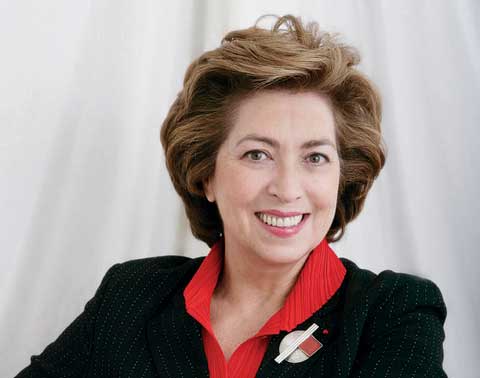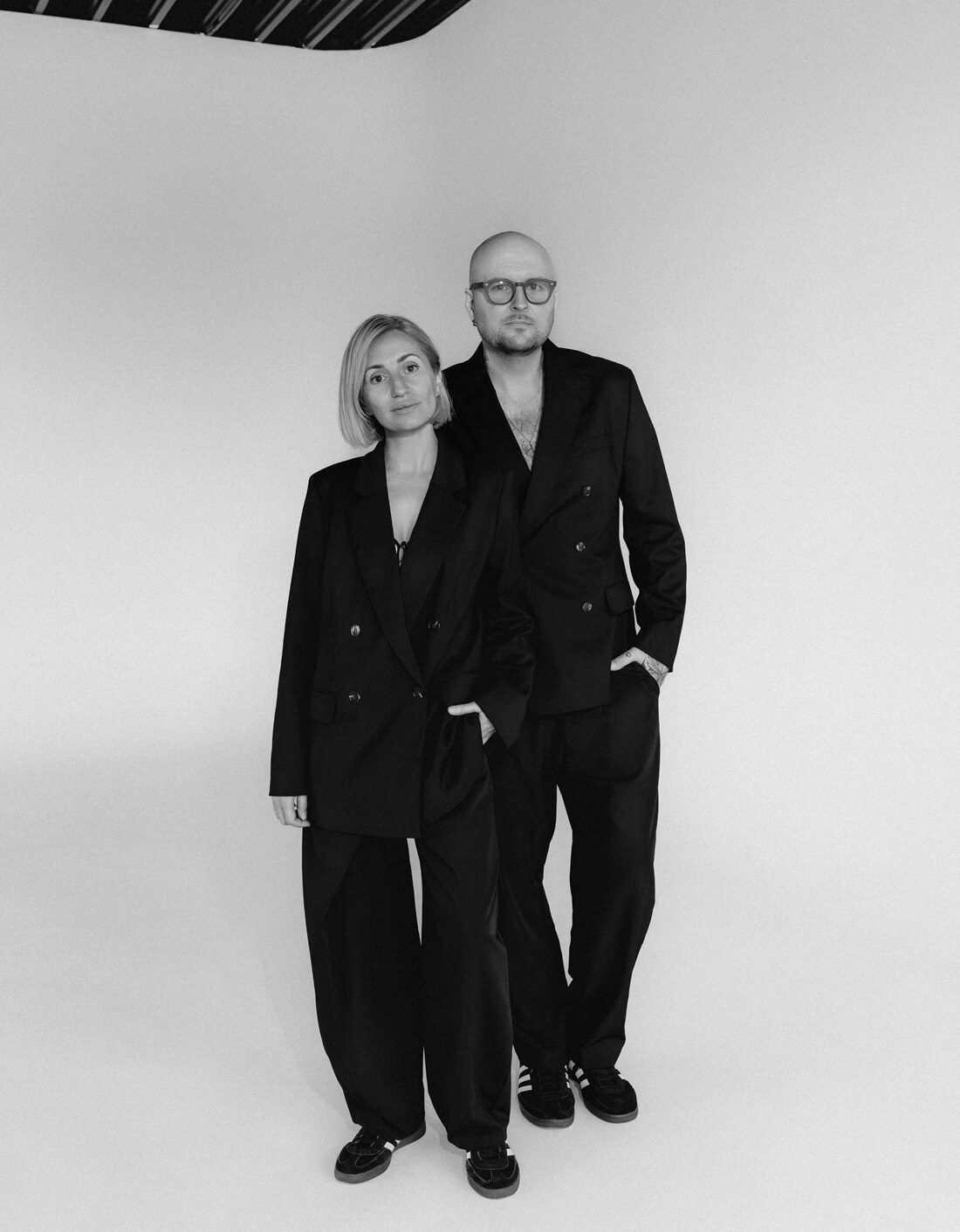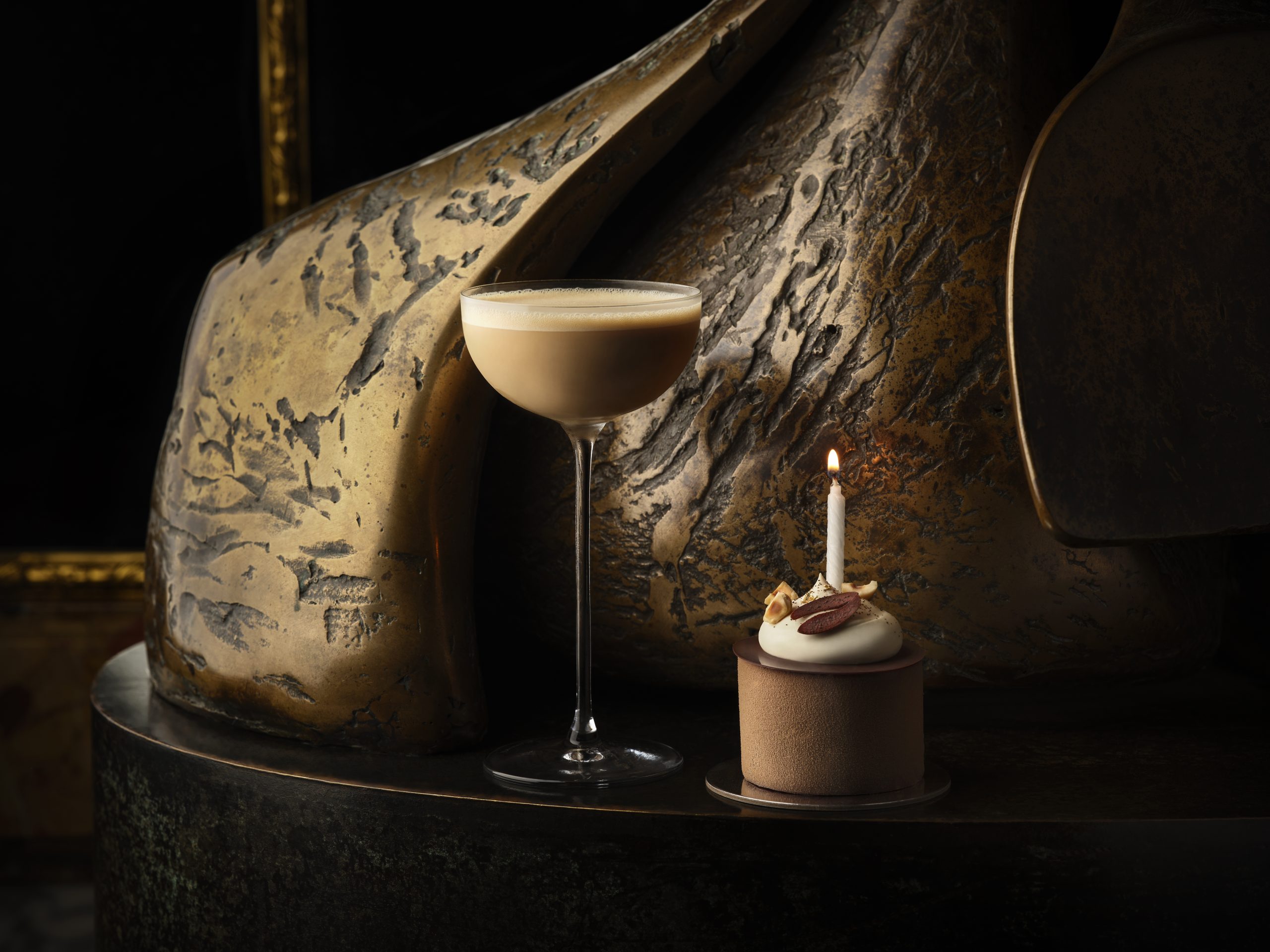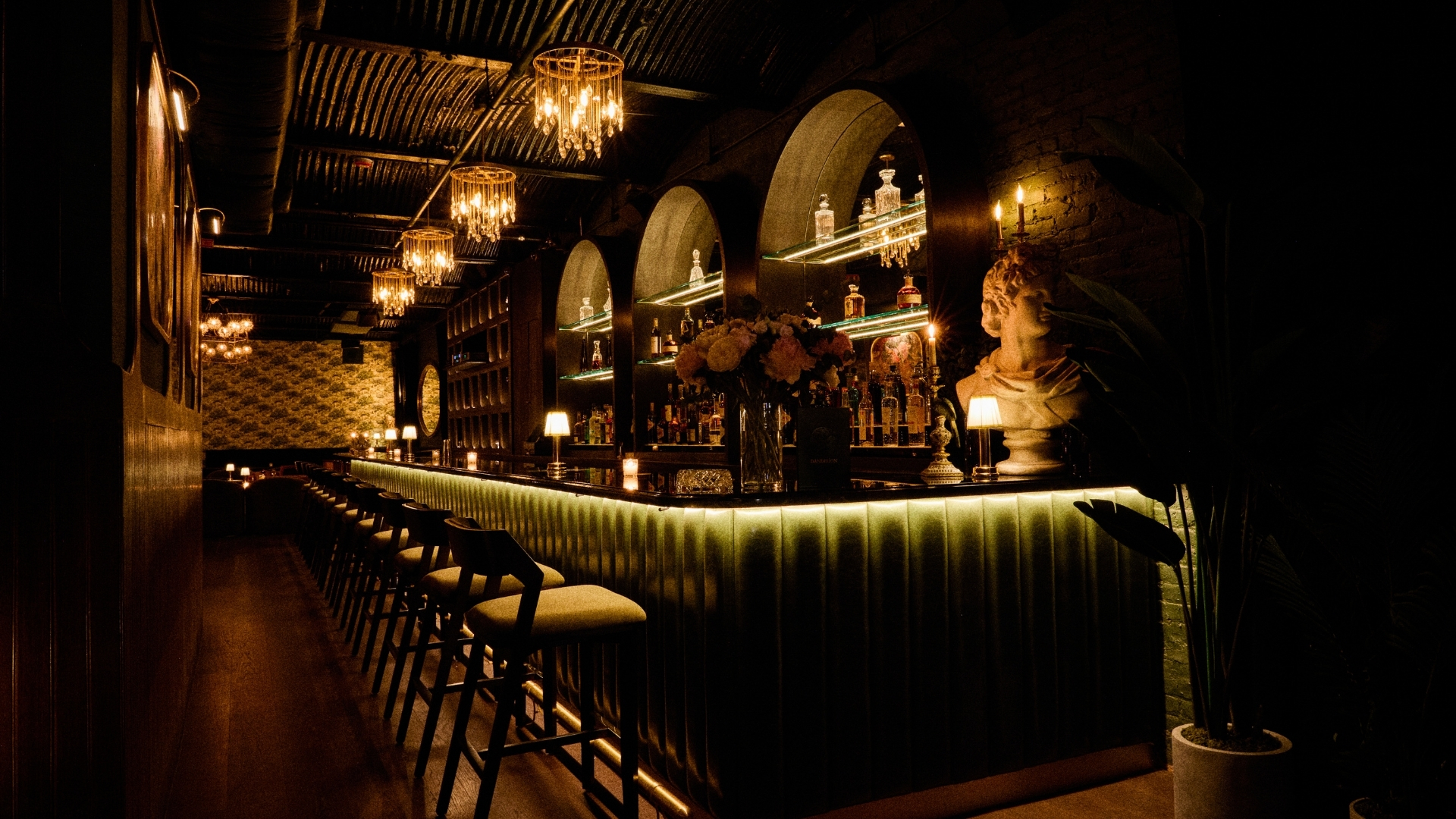In the Time of Cognac: The Rémy Martin Cellars

[highlight_text] The classic Louis XIII cognac will never need to be upgraded, added to, or traded up; it was the very best yesterday, is today, and will be tomorrow. [/highlight_text]
With the Dow Jones at the lowest it’s been in decades, the term “luxury” has come to represent the indulgent or unnecessary. A logo here, a bit of bling there, and—tada!—one has traded up for what is seen is some circles as extravagance. But the true definition of old-world luxury actually can impart wisdom (such as patience, passion, and craftsmanship) that may help us all weather the growing economic storm.
Take, for example, the cognac, Louis XIII de Rémy Martin. Barrels of these sleeping giants are overseen throughout decades, and, in some cases, centuries, of aging and blending, before the elixir is bottled in Baccarat crystal and sold. There are no shortcuts, no faster methods, and no quick fixes that would allow for this product to be produced in a timelier manner. Yes, it is expensive (more than $2,000 a bottle), but as Michou Mahtani, Louis XIII brand director says, “The quality shouldn’t be measured in dollars, just as the taste simply can’t be measured in flavor.”
Patience
The Rémy Martin cellars are located in the heart of Cognac, nestled deep in the region’s green valleys and the twisting vineyards. While in many realms, luxury is thought of as what is new and improved, here, the highest compliment is “same as it ever was.” The old stone cellars still resemble barracks, and the gravel crunches on the driveway, just as it has for generations. Dominique Hériard Dubreuil, chairman of Rémy Martin, oversees the empire with a dignity that comes from her upbringing as heiress not only to the company’s wealth, but also to its heritage and history. The legend of the entire brand rests on her family tree’s crown, and Louis XIII is considered the crowning jewel. “When I joined the company exactly 20 years ago,” Hériard Dubreuil reveals, “my father told me, ‘You’re very lucky that your grandfather, great grandfather, and previous ancestors were dedicated to very high quality Grand Champagne, and they could put some aside so you can have Louis XIII today.’” Today, Louis XIII is considered one of the finest cognacs on the market, but getting to this point did not happen overnight. Distilling cognac is a slow and precise process filled with persistence, evaporation, and disappointment.
As the saying goes, all Cognac is brandy, but not all brandy is cognac. Brandy, which is liquor distilled from wine (and sometimes the fermented juice of other fruits), is made in every country where grapes grow. But cognac can only be created in Cognac, on the Charente River Valley of France. All winter throughout the region, thousands of copper pots in barns gently brew delicate wines from Charente vineyards into crystalline spirits that ever so nimbly transmit the exquisite terroir of marine climate and limestone soil. The chalky soil doesn’t make for an easy growth, but Hériard Dubreuil insists, “Since the vine has to suffer more to get its water down very deep, the grape has more to say.” Every year, more than 1,200 growers submit samples of this distilled wine to the house of Rémy Martin, to be considered for the blending of Louis XIII.
Rémy Martin requires the distillation to be done on the lees to maintain richness and texture, and no supplements may ever be added. The distillers must separate the “heart” (the ideal portion) of the liquid, from the head, which is too high in alcohol content, and the tail, which is lacking in substance. In order to find a correct balance that will allow the distilled wine, known as the eaux-de-vie, to be among the chosen few made into Louis XIII, growers go to great lengths. “When you want to supply an eau-de-vie for a chance at a Louis XIII selection, you sleep in front of your boiler, and at two in the morning you’re there tweaking the tap to see if it’s good,” explains Vincent Géré, director of Rémy Martin, who refers to this yearly process as “tradition.” Out of all the samples tasted, less than three percent will be deemed worthy for blending into Louis XIII. This is the highest privilege for the chosen, redeemable in a bonus, a house contract, and utmost pride. For the others, there is always next year, when they patiently will try again for a place of distinction.
Passion
The Cognac region sees the luxury market less as a flippant ooh la la and more a valiant eau-de-vie (which literally translates to “waters of life”). The cognac business supports the livelihood of so many, from the benders of the barrels to the squasher of the grapes, and, of course, the esteemed cellar masters. Like the hunchback watching over his vampire crypt, the Rémy Martin cellar master tends to cognac that will lie a century in wait. From the original eaux-de-vie selected, the spirits are redistilled, and this second, high-alcohol distillate is transferred to oak barrels where it will mellow for years, gradually acquiring the amber hue that deepens with age. After two and a half years, these spirits can officially be deemed cognacs. After a few years, the cognacs become mouthwateringly intricate. By 25 years, they are ambrosial. Sixty-year-old cognacs ripen into a stunning depth of layered elegance. And at the century mark, the interaction of earthly elements has somehow created what only the greatest works of art confer—a truly heavenly state. Louis XIII is that rarified treasure. Due to the long aging time frame, maintaining the cellars is an unpredictable process, requiring instinct, highly developed skill, and the passion of a lifetime commitment. The cellar master oversees the house tasting commission and is responsible for the aging and blending of more than 1,200 eaux-de-vie, which is accomplished by moving the amber from barrel to barrel for decades until deeming it ready. Regardless of the care taken, each year the equivalent of 6,000 barrels (or one entire cellar) of the precious liquid is lost in the evaporation, a process known as the Angel’s Share.
A cellar master credential is a position of great influence. Yet, it’s not accomplished by rising through the ranks of a corporation, but rather by developing an unmatched enthusiasm for the product. In November, 2008, the three living cellar masters, both past and present, of Rémy Martin came together for a special tasting on the brand’s hallowed grounds. With much sentiment (and even some tears), they tasted a Louis XIII blend straight from a barrel, which represented 100 years of combined work and all three generations of their touch.
As cellar master from 1960 to 1990, Andre Giraud’s contribution to the brand was as an expert in aging, and he “realized the potential for Louis XIII was simply extraordinary.” Georges Clot carried the torch from 1990 to 2003 and used his pragmatic approach to modernize the process, yet “each time [he] tasted Louis XIII, it was equally an incredible emotion.” Pierrette Trichet, holding the position since 2003, is the first and only female cellar master in all of Cognac. “Each time you taste, you have to come fresh,” says Trichet. “You must be humble, because you are not who knows, you are who will be told by the eaux-de-vie.”
Craftsmanship
“There is so much at stake when you make a decision about an eau-de-vie that will keep for 100 years, so you better be sure of your choice,” says Chairman Hériard Dubreuil. “We double check with the most modern technology, but the final decision is [made by] the cellar master’s nose.” This “scents-ability” is of the utmost importance; the ability to recognize the nuances of fresh and dried fruits, leathers, figs and clove in each barrel or to realize a cognac needs a cellar with more or less humidity is what sets a Louis XIII cellar master apart from his or her contemporaries. “The best compliment [for a cellar master] is to be told that nothing in the blend has been changed,” explains Pierette Trichet. Providing the same flavor for hundreds of years is easier said than done. From the original oak barrels to the final Baccarat decanters, the items necessary to create a perfect product may not come in just one lifetime, but rather are the culmination of many centuries of combined knowledge.
As Hériard Dubreuil tours the Rémy Martin grounds after the cellar master tasting, she is satisfied that she is only part of the chain. Between herself and her brothers, there are 12 children, some of who eventually will carry on the house traditions for years to come. The classic Louis XIII cognac will never need to be upgraded, added to, or traded up; it was the very best yesterday, is today, and will be tomorrow. And in the long run, for $2,000, that may be an unmatched bargain. So instead of looking towards a new decade symbolizing the recession of bling, let us give a toast to the return of luxury.
Customized Louis XIII day tours of the Remy Martin estate in Cognac can be arranged to include gastronomic lunch and dinner options prepared by Chef Philipe Saint Romas, cognac blending workshops and private tastings. Starting at around 900 euros.












